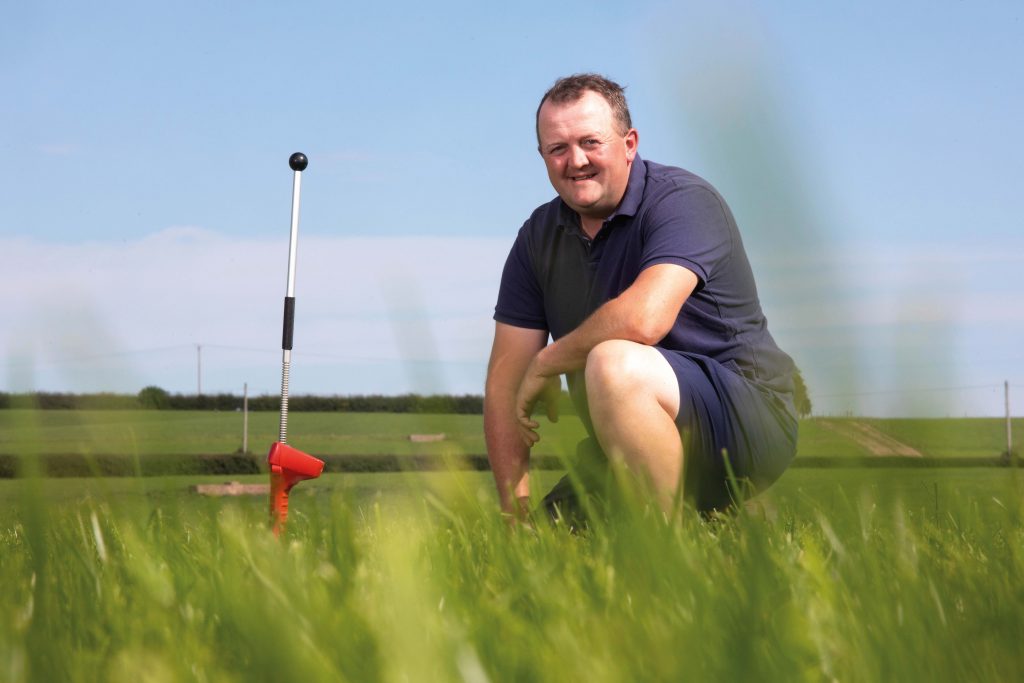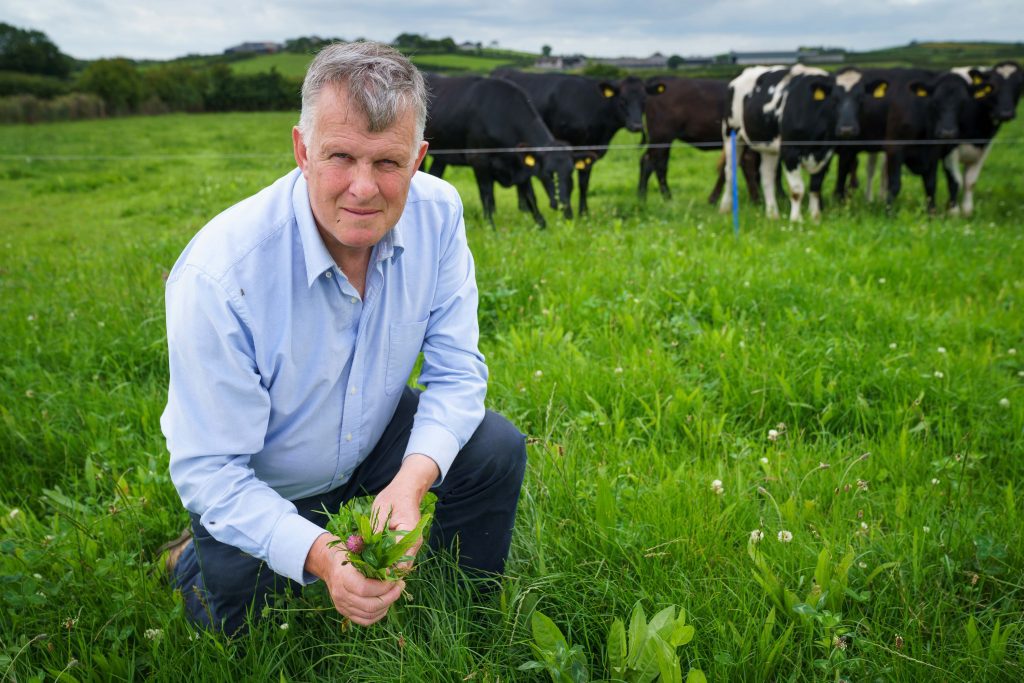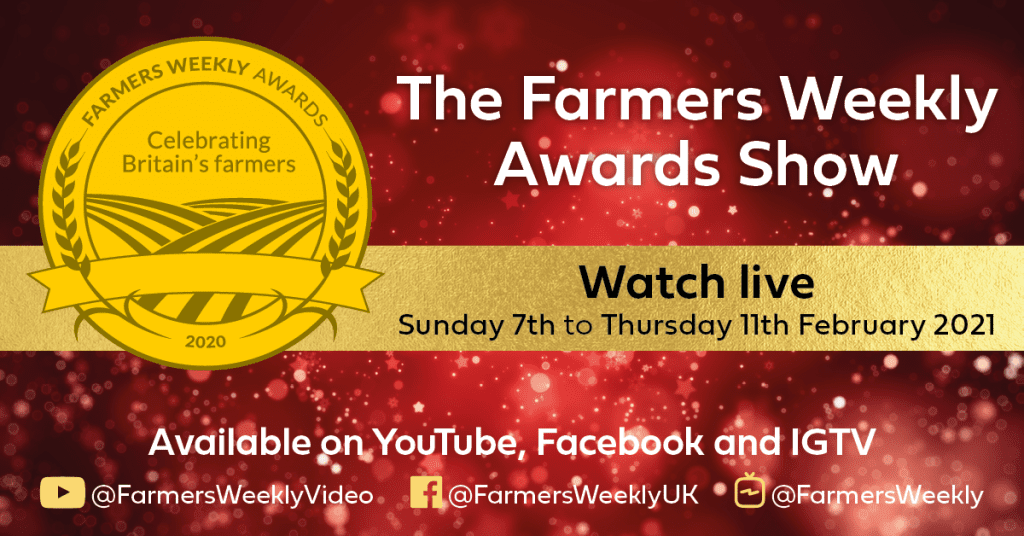In the current economic and political climate, grassland management continues to be an area of focus on farms throughout the UK. As the cost of feed continues to rise, high-quality forage is more important to farm business profitability than ever.
At Germinal we believe in the role of forage plant species in the future of livestock farming and are proud to sponsor the 2020 Farmers Weekly Grassland Manager of the Year award, showcasing the country’s best grassland farmers.
All three finalists have grassland management at the centre of their business, committed to maximising grassland performance through measurement and reseeding. Keep reading to learn more about each one:
James Muir
New Buildings Farm & Shaw Wood Farm, Staffordshire

With a focus on maximising milk from forage, James employs a New Zealand-style system with an emphasis on high grass quality and minimising inputs. All 166ha (410 acres) of their grassland is grazed, with surplus going to silage using a multi-cut system. In 2019, grass production yielded 13.9 tonnes DM/ha.
His NZ Friesian-cross herd grazes from early February to late November, producing 6,350 litres per cow per year - with 70% of milk coming from forage and 1,425kg milk solids produced per hectare.
“Grass is a cheap and controllable cost, so we rely on it as much as possible and focus on driving efficiency,” James explains. “We believe the devil is in the detail, so we measure grass weekly and monitor cow performance closely to gauge feed efficiency. We may not produce as much milk as other farms, but we’re able to keep our costs very low.”
Sam Carey
Rhiwlas Dairy, North Wales

Sam Carey strongly believes in the importance of looking after soil biology in producing top-quality forage. Committed to reducing inputs like feed and fertiliser, he measures grass weekly and performs in-depth soil analysis to inform reseeding and grazing schedules.
He grazes 480 NZ Friesian-cross spring calving cows from February to November, who yield 5,500 litres per year with 465kg of milk solids. Concentrate feeding is kept to minimum levels, using an average of 0.6-1 tonne/cow/year with a goal of less than 300kg/cow/year. Set on challenging land at up to 300m above sea level, the farm produces 12-14 tonnes DM/ha from 270ha (667 acres) of grassland.
“My ultimate goal is to reduce our inputs to zero and be able to graze 365 days a year,” Sam says. “I believe the land has to come first. If I look after the land, it will look after my cows and the business will be profitable. As farmers, we also have a duty to give things like carbon sequestration a go, which means we need to build up the soil biology and make it work for us.
“Regardless of the outcome of the award, I’m really proud of what we have accomplished on the farm,” Sam concludes. “None of this would have been possible without my team and their dedication to what we are trying to do.”
Sam Chesney
Coolbrae Farm, County Down
When it comes to raising good quality beef and lamb, Sam Chesney is laser-focused on driving productivity through exceptional grass and forage. He grazes 130 cows and 100 ewes on a 70ha (173 acre) rotational platform and finishes 70 Angus-dairy calves for Blade Farming. In 2020, they grew 14.1 tonnes DM/ha (5.7 tonnes DM/acre) with an average ME of 12.1 MJ/kg DM. Grass utilisation averaged 92%, with top-performing fields achieving 98%.
With relatively little concentrate use Sam’s beef herd performs exceptionally well. The farm produces 970kg LW/ha (392kg LW/acre) of dairy beef for Blade and 1,166 kg LW/ha (472kg LW/acre) of suckler beef. Lambs are finished totally on forage, at 2,316kg DW/ha (938kg DW/acre) in the 2019/2020 season, which equates to a gross margin of £2,500/ha (£1,012/acre).
“I want grass that grows well, so we measure it weekly and take regular soil samples to create a grazing wedge,” Sam explains. “It’s a lot of work but an invaluable source of information. We are able to run all sorts of grazing scenarios through the software, and this helps inform decisions about things like rotations schedules or how many sheep we can have.”


